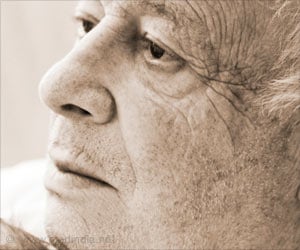Researchers have come one step closer to better understanding how anesthesia works.

"While generally safe, it is well known that patients should not be under general anesthesia longer than necessary," said Ken Solt, M.D., lead author, Massachusetts General Hospital Department of Anesthesia, Critical Care and Pain Medicine and assistant professor of anesthesia, Harvard Medical School, Boston. "Currently, there are no treatments to reverse the effects of general anesthesia. We must wait for the anesthetics to wear off. Having the ability to control the process of arousal from general anesthesia would be advantageous as it might speed recovery to normal cognition after surgery and enhance operating room (O.R.) efficiencies."
Although the brain circuits that drive the process of emerging from general anesthesia are not well understood, recent studies suggest that certain arousal pathways in the brain may be activated by certain drugs to promote consciousness. The authors previously reported that methylphenidate (Ritalin), a drug used to treat attention deficit hyperactivity disorder, awakened rats from general anesthesia by activating dopamine-releasing pathways.
In the current study, rats were given the general anesthetics isoflurane or propofol. Once unconscious, researchers performed targeted electrical stimulation, through implanted steel electrodes, on the two major regions of the rats' brains that contain dopamine-releasing cells – the VTA (the area of the brain that controls cognition, motivation and reward in humans) and the substantia nigra, which controls movement.
Researchers found that electrical stimulation of the VTA caused the rats to regain consciousness, suggesting that dopamine released from cells in this area of the brain is likely involved in arousal. Interestingly, electrical stimulation of the VTA had an effect similar to that of the drug methylphenidate in restoring consciousness after anesthesia.
"We now have evidence that dopamine released by cells in the VTA is mainly responsible for the awakening effect seen with methylphenidate," said Dr. Solt. "Because dopamine-releasing cells in the VTA are important for cognition, we may be able to use drugs that act on this region not only to induce consciousness in anesthetized patients, but to potentially treat common postoperative emergence-related problems such as delirium and restore cognitive function."
Advertisement












